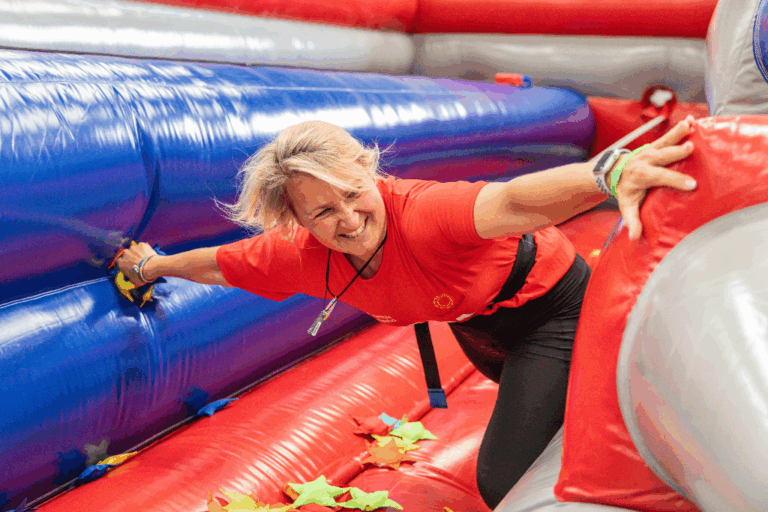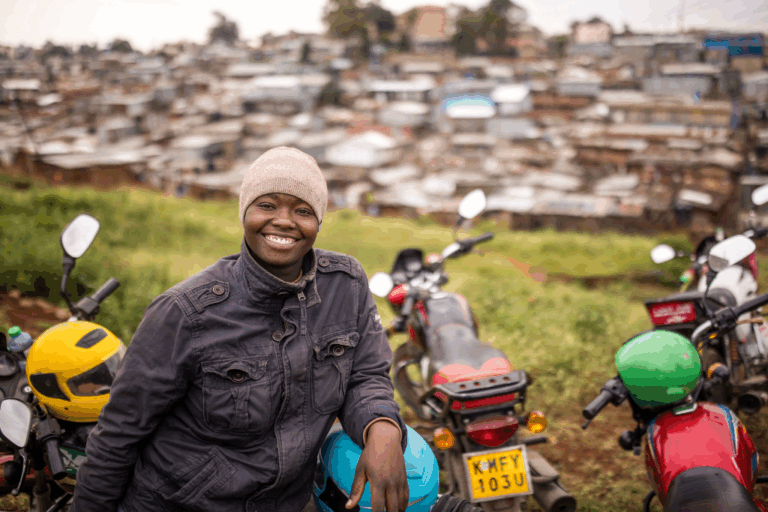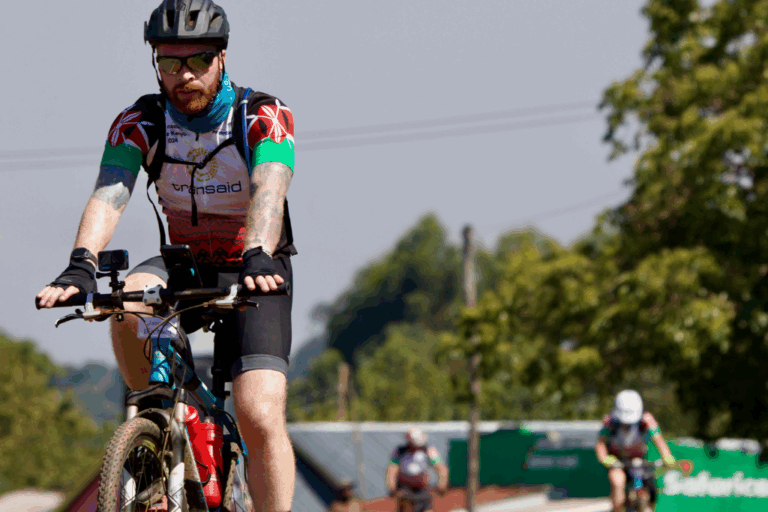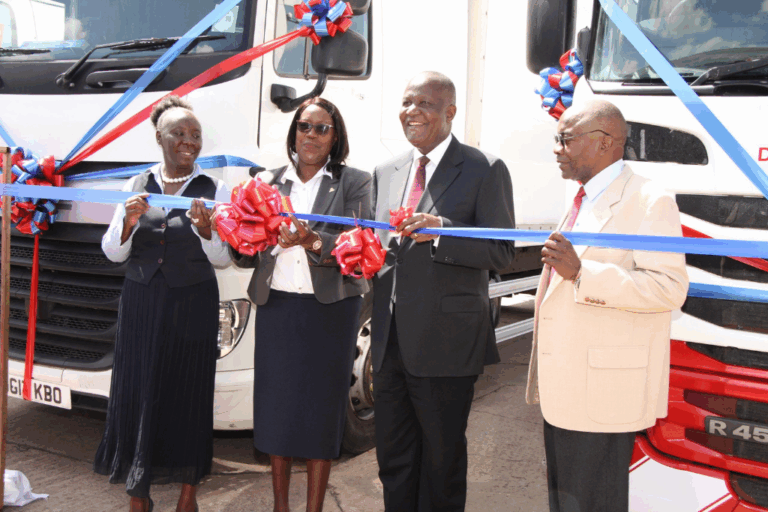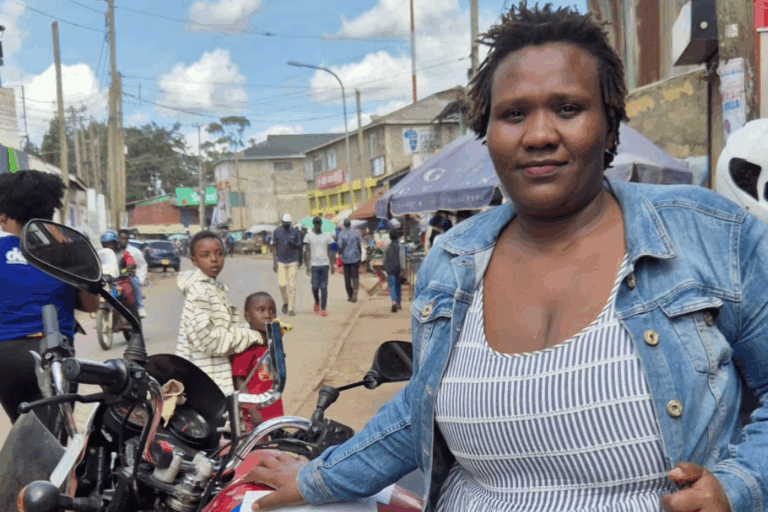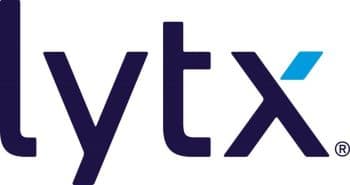
News
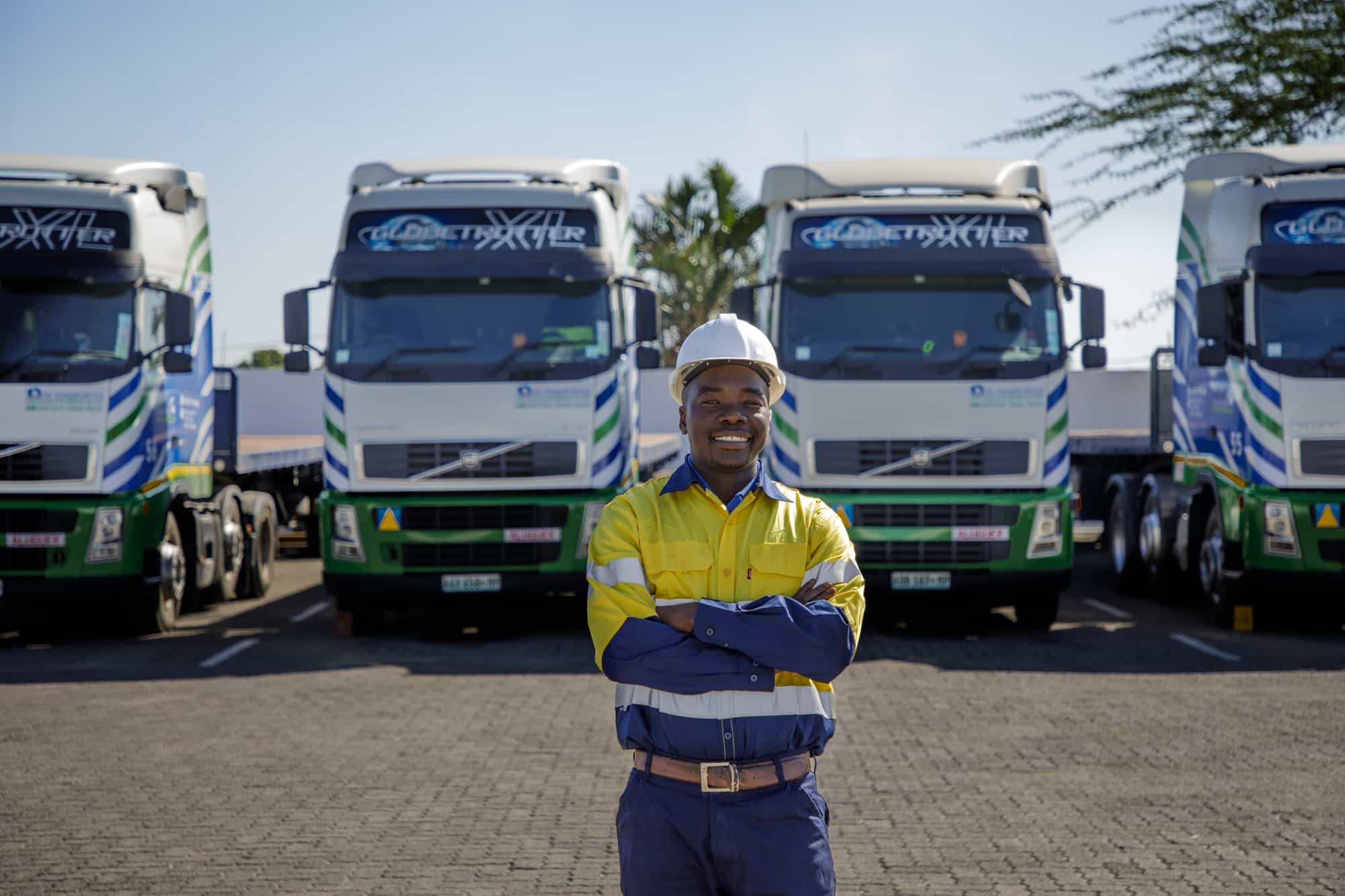
World Malaria Day: ETS rider Emmanuel Kwenda explains why transport and healthcare must move together

Today we’re celebrating World Malaria Day with MAM at Scale, the innovative community-led programme tackling malaria and COVID-19 in Zambia. Emmanuel Kwenda is Kawaka community’s newest Emergency Transport Scheme rider, playing a vital role in connecting his community to health facilities using a bicycle ambulance. Below he tells his story, and explains why in the case of severe malaria, when time is of the essence, it is vital that “transport and healthcare […] move together”.
“The first day when I tried to ride a bike,” Emmanuel Kwenda recalls, thinking back to his youth when he attempted to use his father’s far-too-large bicycle; “I fell and fell”.
Today, like many in his community, Emmanuel often gets around by bicycle, using it around four to six times a week for transporting maize, or going to the clinic or the shops in Chipta, the nearest town. “I always use the bike to buy groceries or fertilizer,” he says. “It takes three hours one way – so, three hours going, and three hours coming back”.
It’s a long way to cycle, but there are limited transport options in the area. Moreover, this lack of transport can be all the more problematic in times of medical emergency. Emmanuel explains that in his community, for children with severe malaria, transport can be a life or death issue. “For those with lack of money and transport, they came to the clinic very late,” he says. “If they reach the clinic late, we sometimes lose [the] life of the children or mother.
“In Kawaka, that has happened. We lost a child. So that’s why when I heard about ETS, I felt happy that there is some easy transport for those who lack money.”
ETS provides a vital link between rural communities and health services, as part of the MAMaZ Against Malaria (MAM) at Scale programme. ETS riders are volunteers who serve their communities by using bicycle ambulances to take people to health facilities in medical emergencies.

As part of MAM at Scale’s third phase, ETS was expanded into Kawaka. The village headmen and community leaders selected Emmanuel to be one of two ETS riders for the community. “I am very proud to be selected as a rider,” Emmanuel says.
Emmanuel attended a two day training in Mbande, where he learned about the duties that come with being an ETS rider. As a volunteer, Emmanuel says, he has a duty to respect and educate his community on how to call for a bicycle ambulance in a medical emergency. “Once I leave this place and go to the community, I will tell the CHW [Community Health Worker] how the training is. From there, I will tell the community.”
The training also covered danger signs for severe malaria and maternal health issues, as well as the importance in reducing the delay in seeking medical help. “Transport and healthcare, they should move together,” explains Emmanuel. “When you are not using transport, it means you are causing deaths, because people come to the clinic very late. But when you are using fast transport, people can be helped”.
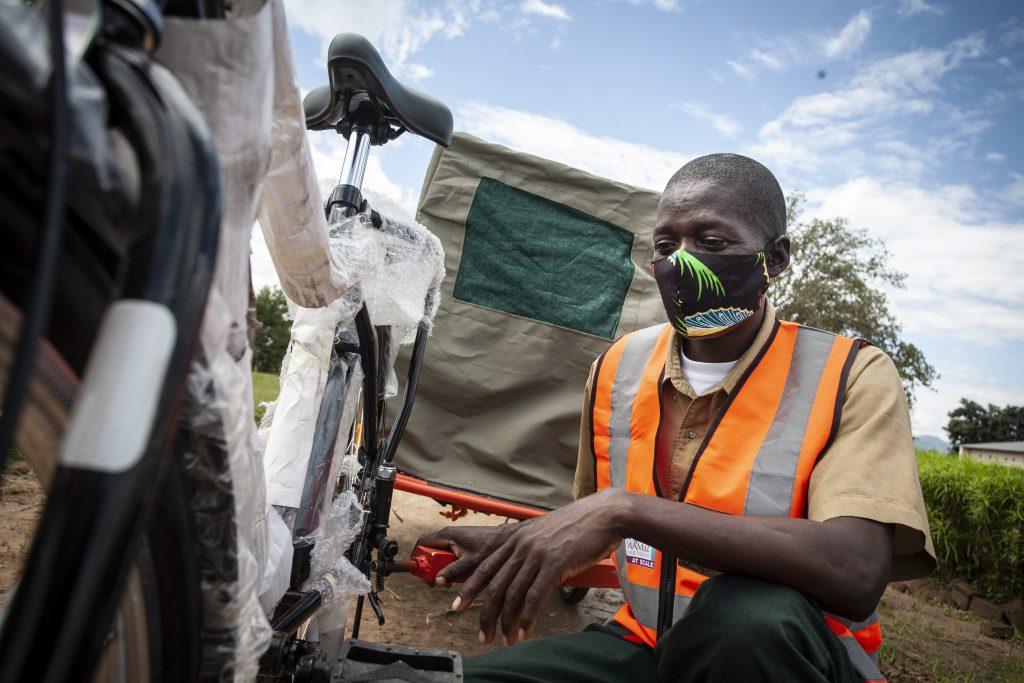
Emmanuel also learnt about how to prevent the spread of COVID-19, including sanitation procedures. “As a rider, you must put your facemask, wash your hands before you start your journey and after the journey, and you must have hygienic soap,” he explains. In addition to receiving training on COVID-19, ETS riders were also given basic personal protective equipment (PPE) and soap to ensure that they are equipped for the pandemic.
Emmanuel has four sons, who – except for the oldest – were all delivered at a health facility. “For the first boy, my wife delivered at home,” he explains. “I was out! So she delivered at home because there was no transport. With the second, third and fourth, I used my own bicycle to transport my wife to the clinic.”
Whilst the journey was far from comfortable for his pregnant wife, Emmanuel was determined to do whatever it took to make sure she could give birth at a health facility. “We were told that we should take our wife to the clinic to deliver, because there are challenges once she delivers at home”. Emmanuel says that since the birth of his first son, his community had become aware of the benefits of delivering at a health facility, in case of complications.
Given her experience, Emmanuel says his wife would welcome the arrival of a bicycle ambulance in the community, which will make the journey to the clinic a lot more comfortable: “she will feel very happy because it will help her and help the community”. Even the bicycle attached to the trailer is an improvement on the model they’re currently using, he remarks.
“We learnt a lot, and we are going to teach the community,” says Emmanuel, reflecting on his experience of the training. When asked what he would say to others in Eastern province thinking of becoming ETS riders, he says: “I will tell them, don’t be discouraged. You will go and receive some trainings, and you will improve the community.”
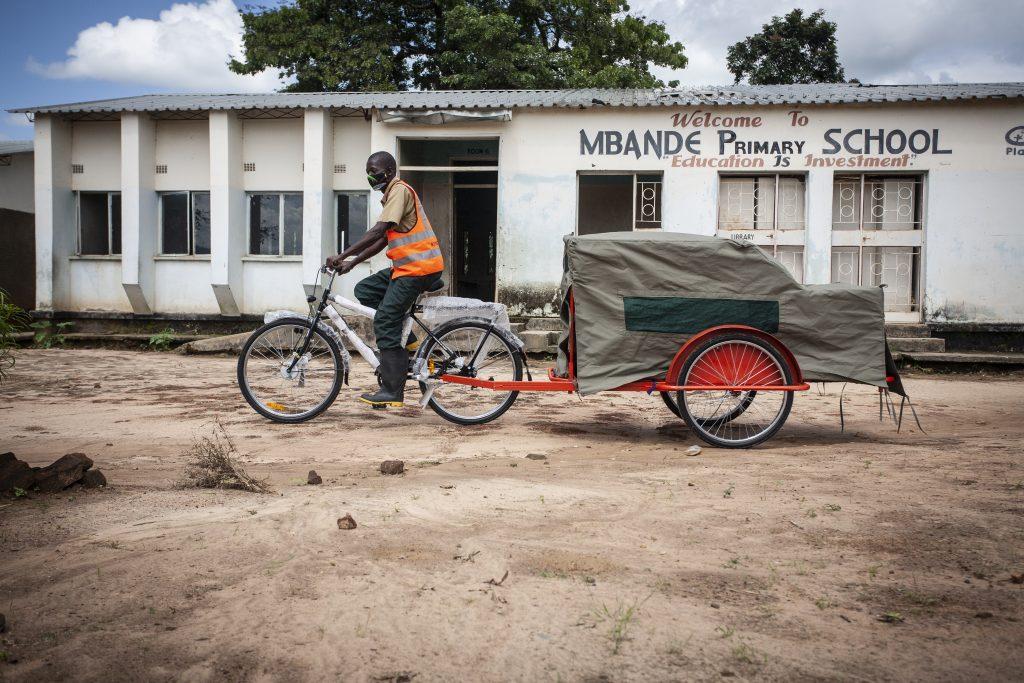
Recent Posts


